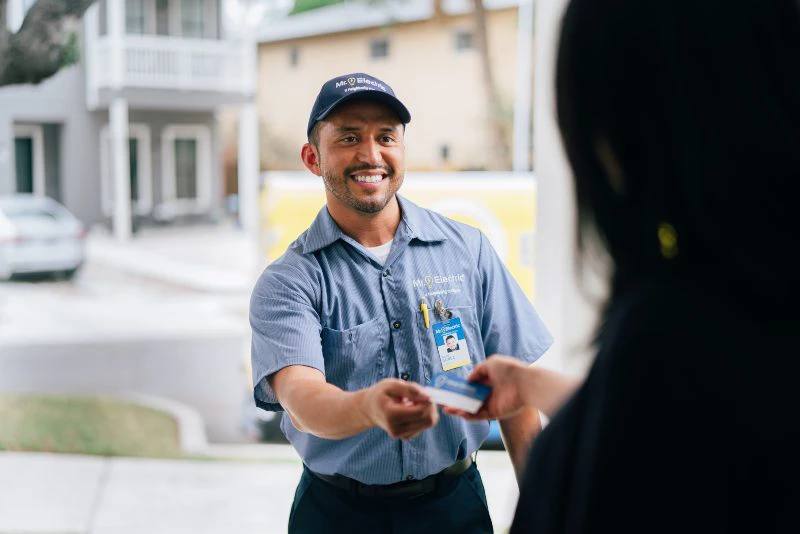Carbon monoxide (CO) poisoning is much more common than you may think. In fact, over two thousand American die each year from unintentional CO poisoning, making it one of the top causes of poisoning in the United States. This substance is especially dangerous because it can't be detected with the naked eye. It's colorless, tasteless, and odorless, so people often aren't aware of CO until symptoms begin to show. Luckily, CO poisoning is preventable. The team at Mr. Electric of Lafayette recommends installing carbon monoxide and smoke detectors to keep your family safe. Over the years, we've installed upgraded models in homes and businesses in Lafayette, Broussard, and Scott, LA. Don't put your safety at risk—invest in CO and smoke detectors today.

Potential Sources of Carbon Monoxide
Another way to protect yourself against carbon monoxide poisoning is to understand the sources. When with think of CO, we often picture hot gas ranges and water heaters. However, CO can also leak due to faulty space heaters, excess car exhaust, and charcoal grills. If you have any of these common household appliances, make sure they're stored in well-ventilated areas. Besides that, we recommend taking these steps to prevent carbon monoxide leaks in your home:
- Change the batteries in your detector every six months to a year
- Never run a generator or fuel-fed motor inside your home or garage
- Turn your car off as soon as it's parked
- Purchase gas appliances that carry Underwriters' Laboratories (UL) or the American Gas Association seal of approval
- Inspect gas appliances every year, preferably with a professional
- Don't use flameless chemical heaters in enclosed spaces
- Request expert repairs for faulty gas appliances
- Open the flue when your fireplace or furnace is in use
- Don't use a gas oven to heat your home
- Use grills in outdoor, well-ventilated areas
- Take battery-powered heaters on camping trips
- Keep gas appliances properly adjusted and use an exhaust fan whenever possible
- Know the difference between the sound of your smoke alarm and CO detector
- Talk to your local fire department about carbon monoxide detectors for low-income individuals
-
Carbon Monoxide Detector Installation and Replacement
Mr. Electric has completed thousands of Carbon Monoxide Detector installations to date. Your local Mr. Electric offers a portfolio of product solutions that touch every part of the Carbon Monoxide Detector Installation and Replacement process.
-
Smoke Detector Inspection
Smoke detectors are only helpful if they’re well-maintained. Hundreds of house fire deaths occur each year because smoke detectors are not installed or working correctly. Protect yourself and your family from that risk. Contact Mr. Electric® to inspect these life-saving safety devices in your home.
-
Smoke Detector Installation and Replacement
Your local Mr. Electric offers a portfolio of product solutions, including smoke detector installations and smoke detector replacements that touch every part of the smoke and fire safety process.
-
Smoke Detector Repair and Service
Smoke detectors save lives, but only if they’re in proper working condition. Current codes require hardwired smoke detectors for new-construction homes. If you’re having trouble with a hardwired smoke detector system, Mr. Electric® will perform smoke detector repairs to keep your household safe.

